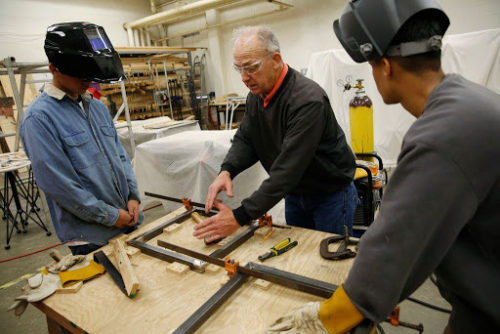Trade Education in Schools
By now, you’re probably very familiar with the term “skills gap.” Manufacturers are finding it harder and harder to find employees that are trained with the right skill sets and this is causing problems for those looking to hire as well as those looking to work. As college is continually pushed as the end-all be-all of education and employment, the trades are falling by the wayside. This is not to say that college is without its merits, for some it is the best choice. But for others, a very good living can be made in manufacturing. The trouble however lies in the lack of education and engagement of the trades.

Career and technical or better known as vocational schools are growing in number across the country. High schools are offering training in the trades starting in the sophomore year, which lets students graduate with not only a diploma, but a certificate and training. Many students can opt to use their free periods in school for real life, hand-on experience. This gives students a chance to understand that skilled labor may be a good career choice, if they decide not to attend college after graduation. They can begin working right away and earning a good living.
Whether they decide to start working right after high school, or decide to take their experience and work towards a degree in one of the STEM (Science Technology Engineering Mathematics) fields. Getting students interested in the trades early on is a major factor in ending the skills gap.













